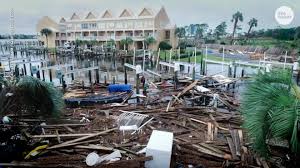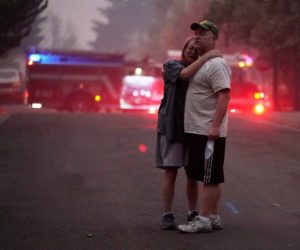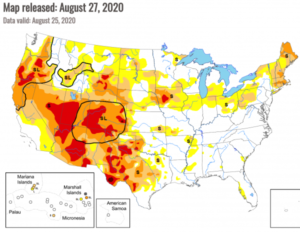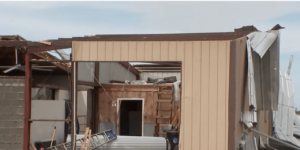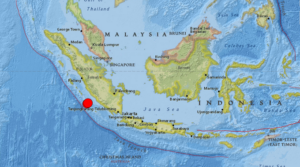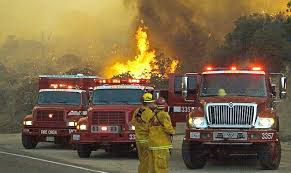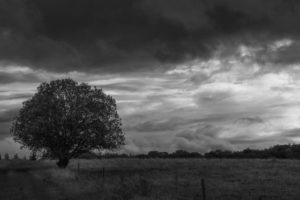
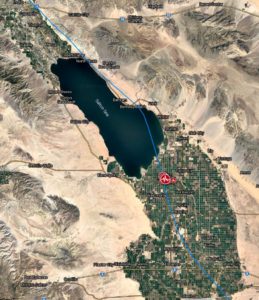
An intense earthquake swarm started near Salton Sea, California on September 30, 2020, with 421 earthquakes detected by 07:00 UTC on October 1.
- The swarm is centered just southeast of Salton Sea, near Westmorland in Imperial Valley, in an area with a history of intense swarms. The most notable earthquakes in the region include M5.8 in 1981 and M5.4 in 2012.
- During this earthquake swarm, the probability of larger earthquakes in this region is significantly greater than usual, the USGS said.
- The swarm is taking place in Brawley Seismic Zone, a network of small faults that connect the San Andreas and Imperial faults.
The USGS registered a total of 440 earthquakes from 10:06 UTC on September 30 to 07:33 UTC on October 1, 2020, with the largest M4.9 at 00:31 UTC on October 1, followed by M4.5, M4.4, M4.2, and two M4.1.
“This earthquake [M4.9] and the associated swarm are located in an area of diffuse seismic activity between the San Andreas fault in the north and the Imperial fault to the south,” USGS seismologists said in a statement.
“This area has also seen swarms in the past – notably the 1981 Westmorland swarm, which included a M5.8 earthquake, and the 2012 Brawley swarm, which included a M5.4 earthquake. Past swarms in this region have remained active for 1 to 20 days, with an average duration of about a week. The current swarm is occurring about 40 kilometers (25 miles) to the south of the swarm that occurred near Bombay Beach in August 2020.”
According to the USGS, there is approximately a 3 in 10 000 chance of a magnitude 7+ earthquake in the vicinity of this swarm in a typical week.
“[This is] one of the largest swarms we have had in the Imperial Valley,” seismologist Dr. Lucy Jones said.

